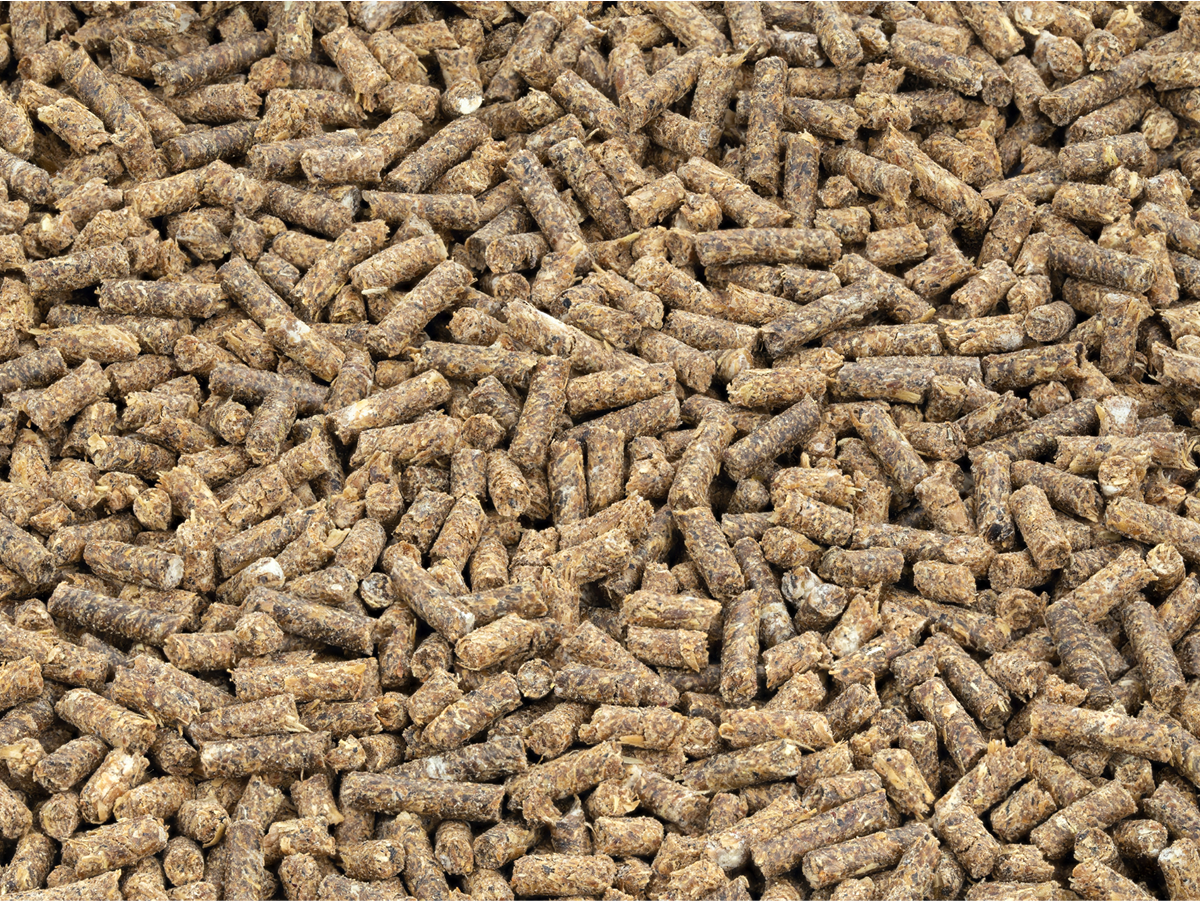Research
.png)
How Gut Bacteria Shape Our Genes Through Fiber
Scientists have long observed that eating more dietary fiber is linked to a healthier gut and a lower risk of diseases like colorectal cancer. A new study in Nature Metabolism explored the mechanism behind this link in both cell cultures and mice. The researchers looked at what happens when fiber is broken down by gut bacteria. When gut bacteria degrade fibers, short-chain fatty acids (SCFAs), including butyrate and propionate are produced. These metabolites act as histone deacetylase inhibitors, leading to the addition of chemical “tags” (acetyl groups) on proteins called histones, which package DNA. The placement of these tags changes how tightly DNA is wrapped and makes certain genes easier to access. This process directly influenced genes involved in cell growth, repair of the gut lining, communication with the immune system, and the regulation of pathways that are often disrupted in cancer.

A Longevity Secret from the Centenerian Gut: Mesaconic Acid
In a remote corner of southern China lies Jiaoling, a place famous for its extraordinary number of centenarians. Curious about what keeps these people thriving well past 100, scientists turned their attention to an often overlooked yet crucial part of the body: the gut. In a 2025 study, Wu and collegues collected samples from 224 residents spanning ages 20 to 110 and found a striking pattern. The centenarians carried a far richer and more balanced community of gut microbes than younger people, with high levels of helpful species like Lactobacillus, Akkermansia, and Christensenella. A rich microbiome is known to be more stable and better at fending off harmful bacteria, and the centenarians’ blood also brimmed with antioxidant compounds that help protect cells from damage over time, consistent with an anti-aging profile.

How ETEC Disables Immune Cells in Pigs to Thrive
A new study published in Veterinary Research reveals how a common diarrheal bacterium, Enterotoxigenic Escherichia coli (ETEC), weakens the pig’s immune defenses using one of its toxins. Researchers found that the heat-labile toxin (LT), produced by ETEC, damages important immune cells called monocytes. These cells normally act as first responders by swallowing harmful bacteria and releasing chemical signals to alert the rest of the immune system. The study showed that LT kills monocytes, reduces their ability to destroy bacteria, and blocks the production of reactive oxygen species that help kill invaders. LT also alters the release of key immune signaling molecules, triggering some while suppressing others. In contrast, the heat-stable toxin STa had no harmful effect on monocytes. By impairing these cells, LT helps ETEC avoid detection and destruction, giving the bacteria a better chance to survive and multiply.

Gut Dysbiosis Uncovered: How Gut Diversity & Gut Barrier Function Play a Crucial Role in Maintaining Your Health
The human gut microbiota plays a pivotal role in maintaining overall health. When the composition and function of this microbial ecosystem become imbalanced, we talk about gut dysbiosis. This imbalance contributes to a dysregulated gut-immune axis, referring to impaired communication and feedback loop between the gut microbiota, intestinal barrier, and the immune system¹.

The Role of Binding Proteins in Gut Health
Gut health is essential for overall well-being, yet lifestyle habits, environmental factors such as diet, and medicines contribute to an increasing prevalence of gut dysbiosis and a compromised gut lining. These disruptions can have significant health implications, ranging from acute digestive discomfort to long-lasting challenges and broader systemic effects1. In fact, the U.S. microbiome has lost over 30% of its bacterial diversity — mainly due to antibiotics and poor diet2, 3.




